Day 4 Sperm Whale Country! (Written on June 04, 2013)
At the beginning of my midnight watch I venture on deck, very curious to check the sea-state that is giving us such a smooth ride. I am delighted to see that the only white water on the flat calm sea is the white-wash from our bow, hull and stern, swirling away in whooshes of foamy bubbles. An inky sea is peppered with tiny, bright ostracod bioluminescence sparkles. Tonight the sky is not giving up any secrets.
We are doing that “canyon-ing” thing again. This being our fourth time to cross the Great Australian Bight, one does encounter a canyon or two. Having begun our transit near Wilyuna Canyon we encountered our first sperm whale yesterday in the southern part of Bremer Canyon and are currently crossing southern portions of Stokes Canyon. I love imaging the bathymetry of the canyons and how the whales use these areas swimming through the deep zones and cruising the walls seeking giant squid.
Sperm whales display an extremely complex social structure – unique to their species. Separation by gender and age class de rigeur seasonally and throughout their lifetime. The large, lone male encountered yesterday would have spent the early part of his adulthood until around 28 years of age, travelling with other young males in “bachelor schools”. After reaching this age, male sperm whales separate from these “bachelor schools” forming small pods of no more than 6 animals or they choose a solitary existence. These huge males travel own to the Antarctic during the summers in search of squid and then north to the tropics to find a mate in one of the nursery pods comprised solely of females and their young.
A huge square head, a voluminous bushy blow and overall largeness of size, indicated this whales’ age class and gender as a mature sperm whale bull. As we approached slowly, we counted the blows and noted the extended time spent by the animal at the surface as it builds oxygen reserves in its muscles before the next dive. Sperm whales dive for long periods of time, up to 2 hours at depths over 2 km searching for their prey.
The sea is gorgeous and we glide softly. I have always called this “A magic carpet ride” and naturally it is a favourite. Why wouldn’t calm weather be? Light rain falls dampening the wind-blown salt-spray on the hand-rails and windows with a gentle ch-ch-ch. This rainfall appears on the RADAR as an interesting pattern of intense red/orange blobs directly above us.
By 0830 in the morning after my usual exercise routine, Whale Song is 109 nm SE of Esperance in 4239 m of water and, with 50% or 4/8 oktas cloud cover, all is well. I have taught myself to love all the grey tones and see all the nice colours within… to appreciate. But deep down, I seriously do love sunshine on the water and in my eyes. Everywhere, except for the sun-glare, the ocean boasts a bright blue and with only 10-12 knots from the NE, the evenly dispersed white waves glow. Even in the sunshine the light breeze is still a tad chilly, so a warming lunch of creamy chicken soup served with baguette and garden salad and Dales’ fresh fruit salad is welcome.
We are in full scale observation mode. From the Portuguese bridge or from inside the wheelhouse we constantly scan from left to right and back to the left, from faraway to close and out again – searching for any signs of cetaceans such as blows, footprints, splashes or bodies. With such good sighting conditions we remain ever hopeful. Being realistic optimists has served us well thus far. Able to assess any situation but take the most positive tack, means the task of ever-looking on a wide, open ocean is not daunting but simply a challenge to take head-on!
At 1400 Curt deploys two sonobuoys and pretty soon the clack-clack-clack of sperm whales can be heard coming up the stairs from the main saloon. While photographing a Yellow-nosed Albatross on our beam, from astern I catch 5 blows of a sperm whale 2.5 nm behind us. A short time later, from my photos of large, “dolphin-sized” splashes possibly approaching Whale Song, we realise they are actually blue fin tuna leaping totally clear of the water! While looking for these “dolphins”, actually tuna (oops!), Inday noticed a MASSIVE splash towards the horizon 3 nm away – that’s not a tuna!. Soon after, I recognised a second splash as the Breach of an adult sperm whale paralleling our track. Immediately on deck, binocular-clad Curt is able to identify two individual left-angled, sperm whale blows where the breaching had occurred. We have sperm whales behind us and to our starboard!
Deep water, open sea – this is sperm whale heaven!
Todays’ tally is three sperm whales, with an overall total of 8 cetaceans, four sperm whales and two dolphin pods (3 bottlenose dolphins in one and 1 common dolphin in the other) – our scoreboard has improved remarkably!
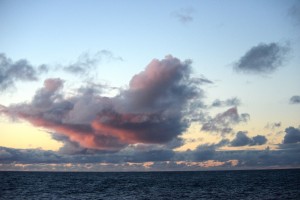
The shadow of the earth causing pink and purple tones in the sky opposite the sunset. Photo credit M.Jenner
Restys’ delicious dinner of steamed rice, salted baked potatoes and pork with broccoli and red chillies served just after sunset, goes down a treat. Plenty of time is still available for checking emails and daily blog refinement before my required minimum three hours of sleep prior to my midnight watch. As we settle into our “at sea” life, the days almost roll into one but still each has a slightly different flavour… today, it’s sperm whales all around!
From deep in the heart of sperm whale country!
Mich

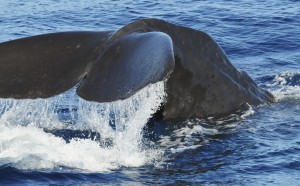
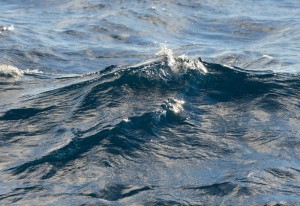



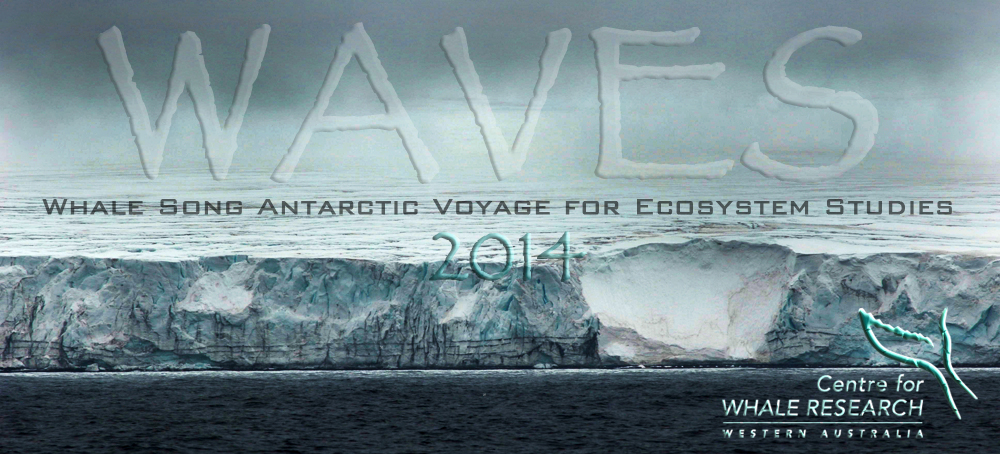










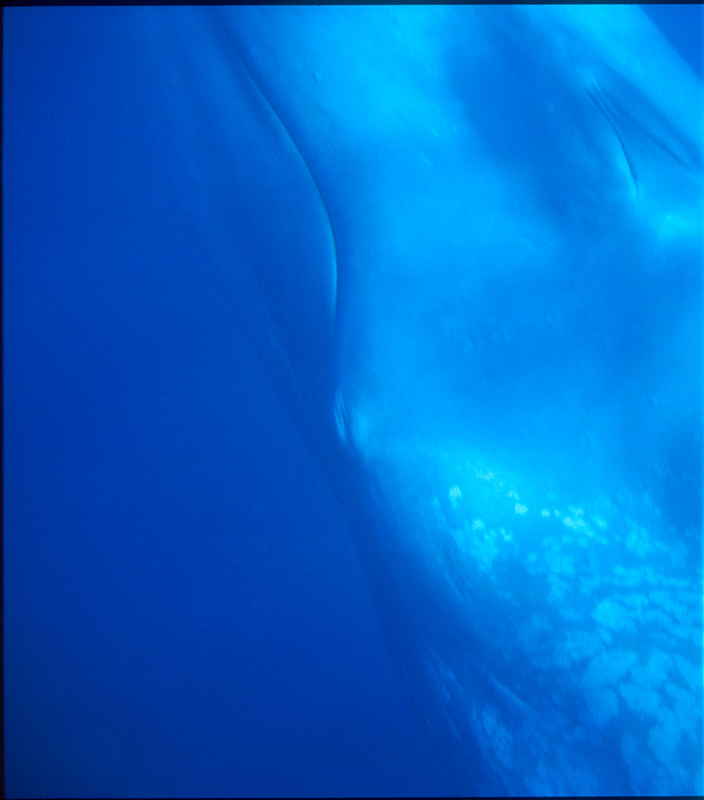
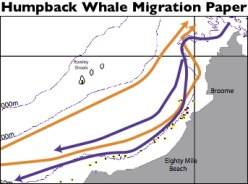
No comments yet.